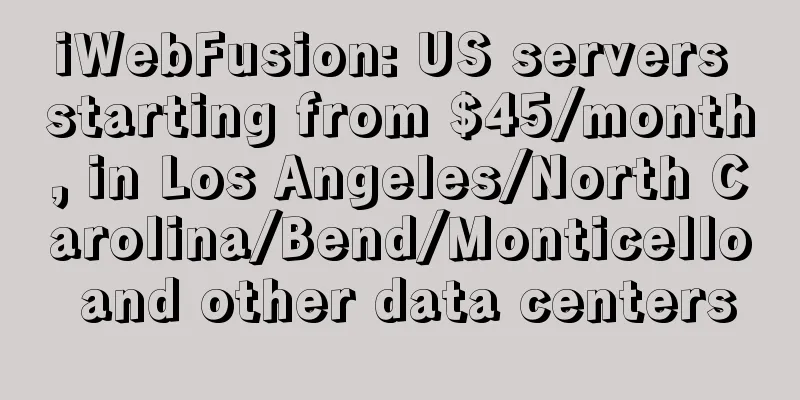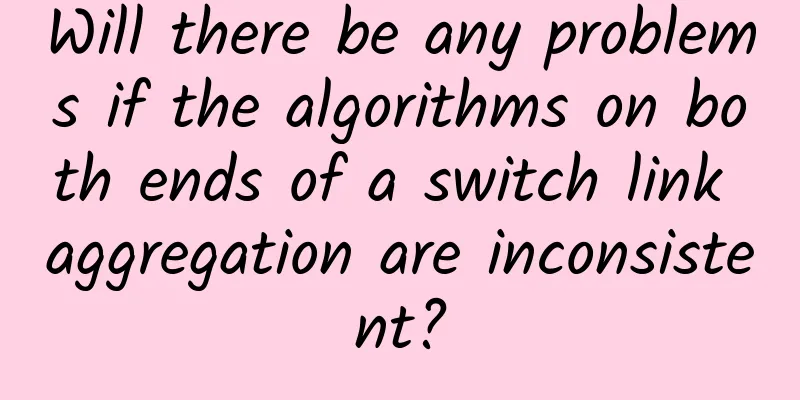An article to help you understand the concept of TCP/IP

1. What is TCP/IP?Transmission Control Protocol/Internet Protocol refers to a suite of protocols that enables information transmission between multiple different networks. TCP/IP is a general term for communication protocols. TCP/IP is a collection of protocols such as IP, TCP, UDP, HTTP, and SMTP. TCP has two major characteristics: openness and practicality First of all, openness is due to the fact that the TCP/IP protocol is discussed and developed by IETF, and IETF itself is an organization that allows anyone to join and discuss. Secondly, in the process of TCP/IP standardization, the specification of a protocol is no longer important, but the primary task is to implement the technology that can actually achieve communication. So some people joked that "TCP/IP is simply" developing the program first and then writing the specification. 2. What is a protocol?When we visit a web page to obtain information, we are unaware of the existence of the protocol. The protocol is only involved when we reconfigure the computer's network connection or modify network settings. Simply put, a protocol is a "protocol" that is reached in advance when computers communicate over a network. This "protocol" enables computers made up of different manufacturers' equipment, different CPUs, and different operating systems to communicate as long as they follow the same protocol. Otherwise, if different protocols are used, communication will not be possible. This is like two people speaking different languages and not being able to understand each other. There are many types of protocols, each of which clearly defines its behavior. Two computers must be able to support the same protocol and follow the same protocol to communicate with each other. In computer communication, it is particularly important to reach a detailed agreement in advance and follow this agreement. This agreement is actually a protocol. Note: Protocol address https://www.rfc-editor.org/rfc/ 3. Packet switching protocolPacket switching refers to the method of dividing large data into smaller units called packets for transmission. Computer communication will attach the source host address and the destination host address to each packet and send it to the communication line. The part where the sender address, the receiver address and the packet sequence number are written is called the "message header". The communication protocol usually stipulates what information should be written in the message header and how to process this information. 4. The relationship between the Internet and TCP/IPWhen the Internet communicates, the corresponding network protocol is required. TCP/IP is a protocol family originally developed for the use of the Internet. Because the Internet protocol is TCP/IP, TCP/IP is the Internet protocol. 5. Relationship between TCP/IP and OSIOSI concept: Open System Interconnect Open System Interconnection Reference Model is defined by ISO (International Organization for Standardization). It is a flexible, robust and interoperable model, not a protocol, and is often used to analyze and design network architecture. The OSI model is divided into seven layers: OSI divides the network into seven layers, from bottom to top: physical layer, data link layer, network layer, transport layer, session layer, presentation layer, and application layer. The TCP/IP model is divided into four layers: data link layer, network layer, transport layer, and application layer In the TCP/IP reference model, the session layer and presentation layer in the OSI reference model (the functions of these two layers are merged into the application layer), and the data link layer and physical layer are merged into the physical link layer. Application layer:Application-specific protocols Presentation layer:Conversion between device-specific data format and network standard data format Session layer:Communication management, responsible for establishing and disconnecting communication connections Transport layer:Manages data transfer between two nodes. TCP is a link-oriented transport layer protocol that ensures that communication between two hosts is reachable. TCP can correctly handle abnormal situations such as packet loss and disordered transmission order during transmission. In addition, TCP can effectively utilize bandwidth and alleviate network congestion. However, in order to establish and disconnect the connection, it sometimes needs to send and receive packets at least 7 times, resulting in a waste of network traffic. In addition, in order to improve the utilization of the network, the TCP protocol defines a variety of complex specifications, which is not conducive to use in video conferencing and other occasions. UDP is different from TCP. It is a connectionless transport layer protocol. UDP does not care whether the other end actually receives the transmitted data. If you need to check whether the other end has received the packet data or whether the other end is connected to the network, you need to implement it in the application. UDP is often used in multimedia fields such as small packet data or multicast, broadcast communication, and video communication. Network layer:Address management and routing Data Link LayerTransmit and identify data frames between interconnected devices Physical Layer0 and 1 represent the voltage level and the flashing of the light. |
<<: Dubbo 3.0? No! RSocket is the eternal god
Recommend
In 2017, more than 200 operators around the world planned to incorporate 5G network architecture elements into their 4G networks.
[[182055]] Deloitte’s Technology, Media and Telec...
HostDare offers 20% off on new NVMe disk VPS starting at $20.79 per year
HostDare sent a new email, and launched the new N...
Summarize various issues between wireless AP and AC of WiFi system
In wireless network construction, it is said that...
Without 5G performance guarantees, can operators fully exploit this opportunity?
Private 5G networks are attractive to the largest...
spinservers promotion: San Jose 10Gbps bandwidth server from $99/month, Dallas from $89/month
spinservers has launched a new promotion this mon...
Why do enterprises need a dedicated core network?
Just a few years ago, a global mobile private net...
The integrated development of 5G applications is imperative
In the two years since 5G was put into commercial...
5G will change the world. What does it mean for regulations?
The Fourth Industrial Revolution will see the lin...
China Telecom and Huawei establish a joint business innovation center to achieve win-win business through innovative cooperation models
China Telecom and Huawei jointly announced the es...
VULTR adds 32nd data center in the world: Tel Aviv, Israel
In February this year, we shared the news that VU...
Sharktech 20th Anniversary Cloud Server 20% off, Netherlands/Denver/Los Angeles High Defense Private Cloud/Public Cloud Server
Sharktech is currently carrying out a 20th annive...
Huawei aims to be a smart city incubator providing basic energy
During the just concluded National People's C...
11 Myths About Wi-Fi 6 and 6E
The Wi-Fi Alliance has unveiled two new versions ...
Photos: 2017 Huawei Connect Conference leaders and guests' wise words
HUAWEI CONNECT 2017 opened on September 5 at the ...
What the future of wide area network (WAN) management looks like
The recent surge in the number of employees worki...









